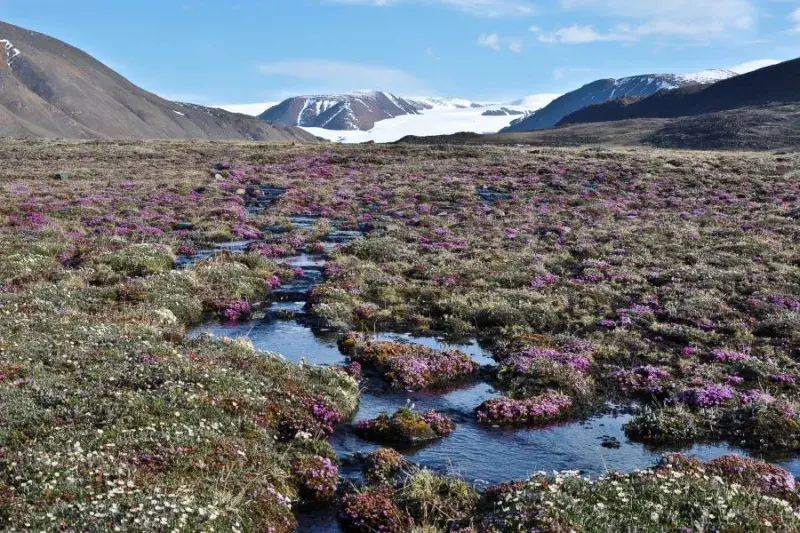The decades-long study of more than 2,000 plant communities across 45 areas in the Arctic tundra found that many locations saw vegetation change in type, abundance and growth, between 1981 and 2022.
Unexpected changes
Some changes include large increases in shrubs and grasses across the Arctic and declines in flowering plants – which struggle to grow under the shade created by taller plants.
The study sheds light on how climate change is reshaping one of the world’s most fragile ecosystems – which is warming four times faster than the global average, previous research has shown.
Early alert
The results show how vegetation changes are an early warning signal that whole ecosystems might be about to change, with knock-on effects for animals, humans and the planet’s natural carbon storage systems, experts say.
A team of 54 researchers analysed more than 42,000 field records from 2,174 plots to compile a database of plant diversity – which will be essential to understanding future change in the coldest extremes of the planet.
International collaboration
Scientists studied samples from the low-lying tundra of the Canadian High Arctic and Svalbard to the shrublands above the treeline in Alaska, Canada and Fennoscandia.
The study, led by the University of Edinburgh in collaboration with the University of British Columbia with 49 partner institutions, concludes that the main drivers of these changes in plant diversity are warming temperatures and increased competition between plants.
Published in Nature, the research was funded by the European Union and the Natural Environment Research Council, among others.


